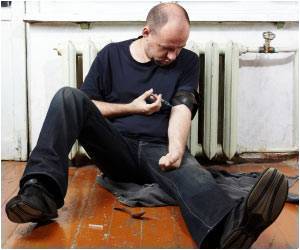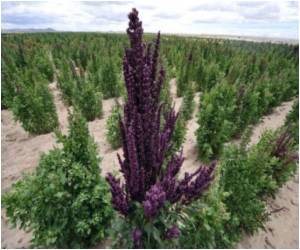Around 850,000 children in Bolivia are child labors and struggle for their life from a young age.

Witty and full of energy, Felix is a board member of the Union of Boys and Girl Workers of Bolivia, an advocacy group that lobbies Congress and municipal councils for legal protections for children.
The group lobbies "so that working girls and boys have a place in society, so that all children and adolescents are taken into account, so that we are listened to as children," he told AFP.
Franz Rios Apaza is 13 years old and sells cigarettes in the streets of El Alto, a city bordering La Paz and one of the poorest in the country.
"I began working when I was seven," he said. He worked as a bus driver’s assistant, and shined shoes, and any other work he could find.
"I don’t have a father, only a mother, and we are three brothers," he said.
Advertisement
"I earn 50 bolivianos (about seven dollars) on Fridays and Saturday, when I make more money."
Advertisement
The United Nations Children’s Fund estimates that 850,000 children between the ages of five and 17 in Bolivia work and believes that it puts them at physical and psychological risk.
UNICEF, the Bolivian government and non-governmental organizations have identified 23 categories of child labor that all agree are dangerous.
They include work harvesting sugar cane and chestnuts in the lowlands and the Amazon basin, and mining in the Andean highlands.
In a country of 10 million people "there are about 300,000 who are dedicated full time to some form of child labor and between 40 and 60 percent in Bolivia are likely involved in the worst forms of child labor," says UNICEF spokesman Wolfgang Friedl.
"Bolivia is in a worrying situation, but there is recognition among legislators and government officials that the international laws and conventions to eradicate child labor must be fulfilled," he said.
Marco de Gaetano, coordinator of an NGO called El Trabajo de Crecer, which operates in Bolivia and Peru, says the goal is to end all forms of exploitation of minors.
"We are betting on the dignity of labor and the elimination of the worst forms of labor," he said.
Despite this, many child workers in Bolivia, especially those involved in commerce, believe they have been strengthened by their experience.
"Most people think that work is something bad, but on the contrary, for us it was a source of experience," said Felix, who said that as a bus driver’s assistant he needed to know fractions to make change.
Tania Nava, head of the local municipality’s child welfare office, is skeptical of the benefits. "There is an unresolved debate over whether children should work or not," she said.
"Families, for reasons of poverty, are obliged to have all their members work," she said.
However there is unanimous agreement that children deserve access to health, education, dignity and to be protected against exploitation and the worst forms of child labor.
Source-AFP










